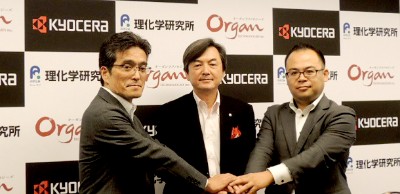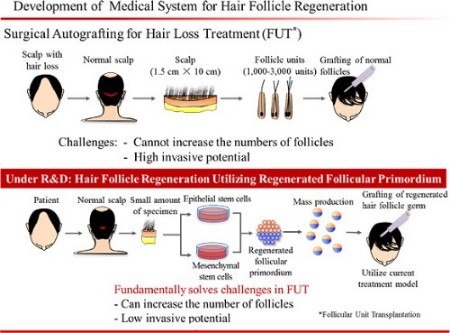Hair loss news first:
— I have covered Samumed and its SM04554 product a few times on this blog in the recent past. The drug is likely not going to be a miracle hair loss cure. I was therefore impressed that the company’s CEO Osman Kibar still managed to recently get profiled on a Forbes magazine cover page. In any case, a few days ago Samumed completed its Phase 2 clinical trials. Now we can only hope that they choose to continue with Phase 3 trials.
— Seems like South Korea’s Dong-A ST updated the Phase 1 clinical trials page for its DA-4001 topical finasteride product.
— Sweden based Follicum’s US patent was approved in July. The patent covers the drug candidate FOL-005.
— HairCell, yet another new startup in the hair loss world. This one wants to use a “bioelectric stimulator combined with a micro infusion pump”. Even if the vast majority of these new entrants end up as outright failures or frauds, the frenetic new activity in the hair loss world is great. HairCell’s phase 1 clinical trials have not yet commenced.
— HLT forum member “jgray201” has a very interesting thread that he started in 2012, but updates every so often including several weeks ago.
— Joe Tillman has been making some great videos that he then posts on his YouTube channel. When you combine Joe with the highly respected and skilled surgeon Dr. Ron Shapiro, you get an excellent final result.
— Commentator Peter Renardo gives us some more updates on his decades old artery ligation procedure. Extremely interesting, although I would never go through with such a procedure just to save my hair.
— A 2015 presentation on Kerastem by Dr. David Perez-Meza from Spain was posted on an Italian hair loss site last month. Results in 6 patients showed an improvement in all, with an average 14 percent increase in hair count at 6 months. Not that great for the price people pay for this treatment unless the results last for years.
— A huge increase in men wanting to become women (MTF transsexuals) in the UK. This will lead to many interesting before and after MTF transition photos of scalp hair regrowth via medication, transplants and castration. The increase in women wanting to become men (FTM transsexuals) is not so useful for our purposes.
— El Chapo going bald, although the link between stress and permanent hair loss is tenuous at best in my opinion.
And now on to medical items of interest:
— Stem cell stimulating regenerative dental fillings could eliminate the need for root canals.
— Artificial pancreas next year?
— Extremely interesting article on “pausing” people so as to then bring them back from the dead.
— Growing human bones from fat cells.
— Finally, we have a biodegradable absorbable stent for heart patients with blocked arteries.
— 3-parent DNA containing life-forms seem healthy when it comes to monkeys. Note that the UK has already approved this technology for human embryos.
— 3D printed jaw for cancer survivor.
— Recently, I read an article that referred to an interesting freely available online 3D Human Blastocyst Viewer. You have to click on the bottom left options first and then on all the options on the right side. Way above my head, but there are probably at least three blog commentators on here who will understand this. Also reminds me of Dr. Michael Rendl’s Hair-GEL (gene expression library) site. And Dr. Owen Rakham’s Mogrify, both of which I have mentioned on this blog in the past.
— A transparent skull implant = “window into the brain”. Also make sure to read my post on the first ever full skull and scalp transplant.
— Wired magazine’s Kevin Kelly: Next 30 years in technology.
— Thanks to commentator “Susana” from Portugal (who is usually quite pessimistic) for providing us with this link on groundbreaking skin replacement technology from Spain.

